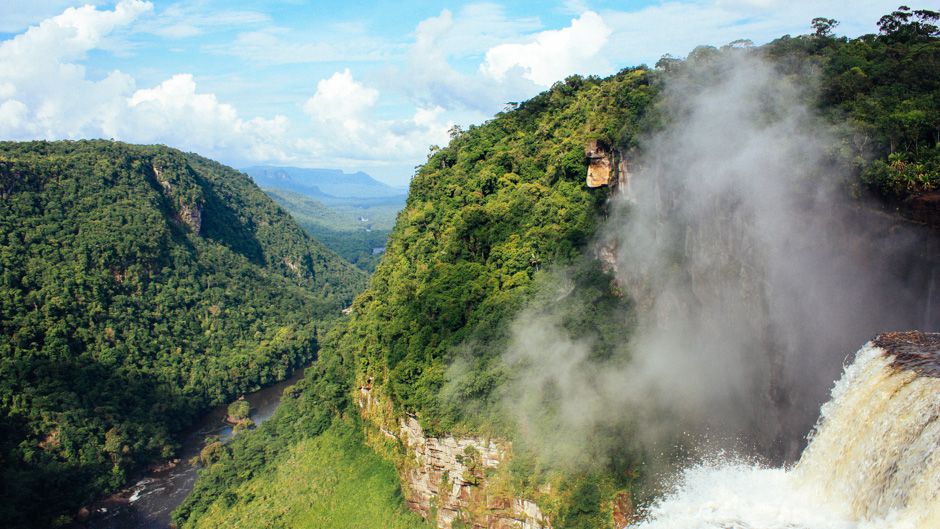Following several months of technical work and extensive nationwide consultations, the National Assembly ratified Guyana’s new and expanded Low Carbon Development Strategy (LCDS) 2030 on Monday.
LCDS 2030, an update to the one launched in 2009 by then President Bharrat Jagdeo, presents a vision for Guyana’s development along a sustainable pathway. It outlines an approach and associated actions to transform Guyana’s development and the livelihoods of its citizens. LCDS 2030 protects Guyana’s forests, biodiversity, watersheds, and advances clean energy, and climate adaptation actions nationally.
This low-carbon strategy also defines the use of Guyana’s natural resources in a sustainable manner to combat the effects of climate change. It outlines too how Guyana can be compensated for the vital contribution the country’s ecosystem services make toward global climate action.
The updated version of the LCDS 2030 incorporates feedback and comments received during the national consultation process. Highlights of the new document include sections on the circular economy, sustainable homes and communities and expanded sustainable economic sectors.
Senior Minister with responsibility for Finance, Dr. Ashni Singh, presented the low-carbon national advancement plan to the House mere weeks ago. On Monday afternoon, as he opened the debates on the motion, the Senior Minister labeled the document as a “truly pioneering and historic piece of work.”
To this end, he explained, “This strategy like its predecessor strategy goes to the core of the debate on justice and fairness. The reality is that forests are an extremely valuable part and one of the most effective means or mechanisms in the global climate solution. And so, from a global justice and fairness perspective, forests should and must be remunerated for the global climate services they’re providing. Now that we have become an oil and gas producer, we feel even stronger about maintaining our environmental credentials.”
Benefits of Guyana’s low-carbon strategy include fostering the transition to clean energy; sustainable mining and forestry practices; building climate-resilient agriculture systems; protecting against climate change; transforming education, infrastructure and public health systems; stimulating Amerindian development; conserving biodiversity and others.
Now that the House has passed this motion, Guyana will be moving to voluntary markets to offer its forest climate services. Markets include those in the aviation and manufacturing sector as well as other countries as was done in the Guyana-Norway Partnership back in 2009. Through this union, Guyana earned US$220 million which was invested into low-carbon development throughout the country.
Importantly, all funds earned from forest climate services will flow into the Consolidated Fund and will be invested into projects in keeping with LCDS 2030. The use of all funds will be subject to extensive and detailed parliamentary scrutiny.




